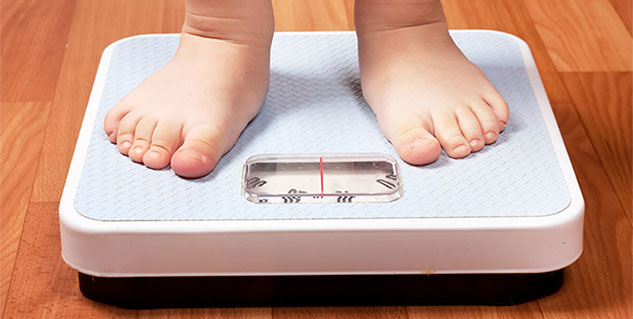
A study that had appeared in the Journal of Nutrition suggests that measurement of the arm of children leads to better diagnosis of malnutrition than weight-based measurements. The traditional method of figuring out if the child is moderately or severely malnourished is based on the evaluation of child's weight directly.
Table of Content:-

How Can Weight-based Evaluation be Misleading?
Weight-based measurement doesn’t give a clear picture of malnutrition, according to Adam Levine, emergency medicine physician at the Rhode Island Hospital in the US.
Levine and his team analysed 721 records of all children under 60 months of age at a hospital in Dhaka, Bangladesh. These subjects had visited the hospital's rehydration unit with acute diarrhoea. They found that 12-14 percent of children were misclassified with malnutrition using weight-based measures. On the other hand, only one or two percent were misclassified with malnutrition by arm circumference measures.
According to Levin, dehydration lowers a child's weight and thus, using weight-based assessments in children introduced with diarrhoea are not correct. And when they are rehydrated and return to a pre-illness weight, they might still suffer from acute malnutrition.
Measuring tapes are readily available, inexpensive resources in limited environments. The mid-upper arm measurement can guide nutritional supplementation for children with diarrhoea, and give their closest nutrition status.
About Malnutrition
According to World Health Organization, malnutrition is estimated to contribute to more than one third of all child deaths. Poor feeding practices, such as inadequate breastfeeding, and not ensuring that the child is getting enough nutritious food, are the contributors to malnutrition. The treatment for malnutrition usually consists of replacing missing nutrients, treating symptoms and treating any underlying medical conditions.
Image source: Getty
How we keep this article up to date:
We work with experts and keep a close eye on the latest in health and wellness. Whenever there is a new research or helpful information, we update our articles with accurate and useful advice.
Current Version